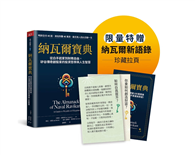This book provides a comprehensive introduction to Fock space theory and its applications to mathematical quantum field theory. The first half of the book, Part I, is devoted to detailed descriptions of analysis on abstract Fock spaces (full Fock space, boson Fock space, fermion Fock space and boson-fermion Fock space). It includes the mathematics of second quantization, representation theory of canonical commutation and anti-commutation relations, Bogoliubov transformations, infinite-dimensional Dirac operators and supersymmetric quantum field in an abstract form. The second half of the book, Part II, covers applications of the mathematical theories in Part I to quantum field theory. Four kinds of free quantum fields are constructed and detailed analyses are made. A simple interacting quantum field model, called the van Hove-Miyatake model, is fully analyzed in an abstract form. Moreover, a list of interacting quantum field models is presented and an introductory description to each model is given. In this second edition, a new chapter (Chapter 15) is added to describe a mathematical theory of spontaneous symmetry breaking which is an important subject in modern quantum physics.
This book is a good introductory text for graduate students in mathematics or physics who are interested in the mathematical aspects of quantum field theory. It is also well-suited for self-study, providing readers a firm foundation of knowledge and mathematical techniques for more advanced books and current research articles in the field of mathematical analysis on quantum fields. Numerous problems are added to aid readers in developing a deeper understanding of the field.












